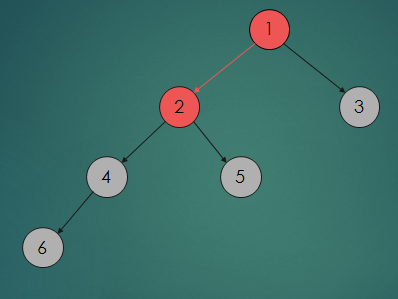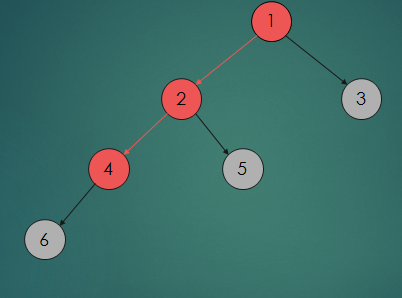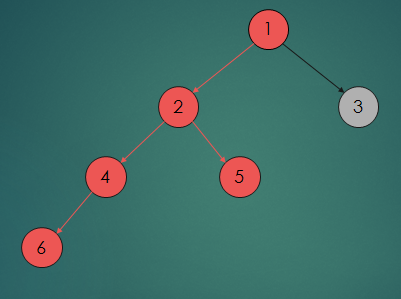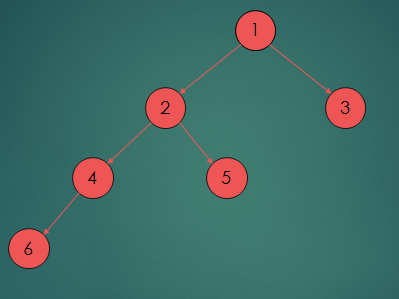Depth First Search¶
* Depth first search is a widely used graph traversal algorithm
* It explores as far as possible along each branch before backtracking
* So it does not need pointers unlike BFS
* Thus it is memory friendly
* Time complexity of traversing a graph with DFS is O(V+E)
* It has several applications: Topological ordering or Kosaraju algorithm or detecting cycles (DAG)
Depth First Search traversal is shown:






Codes of the Java files included in the program are given below:
Vertex.java¶
In [ ]:
package dfs; /** * * @author ANIRUDDHA */ import java.util.ArrayList; import java.util.List; public class Vertex { private String name; //The name of the vertex private boolean visited; //Visited vertices private List<Vertex> adjacenciesList; //List of all adjacent neighbours private Vertex predecessors; //List of previous vertex //Constructor public Vertex(String name){ this.name = name; this.adjacenciesList = new ArrayList<Vertex>(); } public void addNeighbour(Vertex vertex){ this.adjacenciesList.add(vertex); } //Getters and Setters public boolean isVisited() { return visited; } public void setVisited(boolean visited) { this.visited = visited; } public List<Vertex> getAdjacenciesList() { return adjacenciesList; } public Vertex getPredecessors() { return predecessors; } public void setPredecessors(Vertex predecessors) { this.predecessors = predecessors; } //Override the toString method to return the traversal path public String toString(){ return this.name; } }
DFS.java¶
In [ ]:
package dfs; import java.util.Stack; /** * * @author ANIRUDDHA */ // DFS algo using Stack public class DFS { //We use the stack data structure for DFS to store the vertices private Stack<Vertex> stack; public DFS(){ this.stack = new Stack<>(); } // DFS Algorithm public void dfsalgo(Vertex root){ stack.add(root); root.setVisited(true); // Iterate until stack is empty while(!stack.isEmpty()){ //Pop the actual vertices for display Vertex actualVertex = stack.pop(); System.out.print(actualVertex+"-"); //Visit all neighbours and add them to visited. for(Vertex v: actualVertex.getAdjacenciesList()){ if(!v.isVisited()){ v.setVisited(true); v.setPredecessors(actualVertex); stack.push(v); } } } } /* //Recursive DFS using the stack of your host Operating System public void dfsalgo(Vertex vertex){ System.out.print(vertex+" "); for(Vertex v: vertex.getAdjacenciesList()){ if(!v.isVisited()){ v.setVisited(true); v.setPredecessors(vertex); dfs(v); } } } */ }
Main.java¶
In [ ]:
package dfs; /** * * @author ANIRUDDHA */ public class Main { public static void main(String[] args) { DFS dfs = new DFS(); // Create vertices Vertex vertexA = new Vertex("A"); Vertex vertexB = new Vertex("B"); Vertex vertexC = new Vertex("C"); Vertex vertexD = new Vertex("D"); Vertex vertexE = new Vertex("E"); //Add neighbours to vertices vertexA.addNeighbour(vertexB); vertexA.addNeighbour(vertexC); vertexB.addNeighbour(vertexD); vertexB.addNeighbour(vertexE); // Start the DFS with the root here vertex1 dfs.dfsalgo(vertexA); } }
Output of the program is :
A-C-B-E-D-
You can download the complete source code here : Source Code